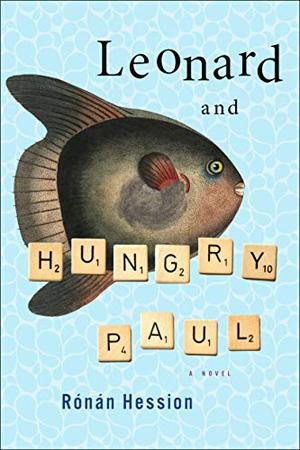As we grow older, each of us carries memories from the years that we’ve lived through. Some of us also carry wisdom gained from reflection on our past actions. And a few of us can dissect the decisions and motivations of decades gone by.
Irish novelist Sally Rooney, who is in her late twenties, has an uncanny understanding of contemporary men and women in their late teens who are navigating relationships, developing their own worldviews in perilous times, wrestling with their demons, and exploring the directions that their talents might take them. She explores the emotions of emerging adulthood with exquisite sensitivity and nuance in Normal People, her second novel, following on the highly successful Conversations with Friends from 2017.
In 2011, Connell Waldron and Marianne Sheridan are classmates in a small town in County Sligo, in the rural west of Ireland. Connell’s mother, a loving but impoverished single parent, works as a housecleaner for the wealthy Sheridans. Connell and Marianne, the two brightest students at the local secondary school, are drawn to each other. He’s a popular athlete, with several good friends. She’s a loner with a miserable home life. This being the New Ireland (not the Old Ireland of hidebound Catholicism), plenty of sex scenes ensue, handled with great care by the author, though still sometimes cringe-worthy. Connell and Marianne keep their liaison secret, each for different reasons.
When the pair head off to attend Trinity College, their roles are somewhat reversed. Connell struggles to adjust as a “culchie” (a country bumpkin) in the cosmopolitan Dublin, whereas Marianne, freed from her nasty mother and brother, slides right into a smart social set. Over a period of four years, they break up, get back together, break up again . . . and readers are pulled one way and another.
The plot is not especially original, but Rooney exploits it deftly to probe the thoughts of Connell and Marianne as they grow toward adulthood. Despite their different family situations, they hold much in common, including exceptional intelligence, proficiency in the academic enterprise, interest in global politics, and basic loneliness.
Connell muses: “Marianne had a wildness that got into him for a while and made him feel that he was like her, that they had the same unnameable spiritual injury, and that neither of them could ever fit into the world. But he was never damaged like she was. She just made him feel that way.” (175)
Marianne illuminates the title of the novel in a scene late in the book: “I don’t know what’s wrong with me, says Marianne. I don’t know why I can’t be like normal people. Her voice sounds oddly cool and distant, like a recording of her voice played after she herself has gone away or departed from somewhere else. In what way? he says. I don’t know why I can’t make people love me. I think there was something wrong with me when I was born.” (187) (The lack of punctuation is Rooney’s—a feature that I accepted despite its irritation factor.)
As if laying bare all aspects of adolescent angst isn’t enough, Rooney also manages some good digs at literary pretentiousness. Here’s Connell considering an author event he’s just attended in Dublin: “He knows that a lot of the literary people in college see books primarily as a way of appearing cultured. . . .It was culture as a class performance, literature fetishized for its ability to take educated people on false emotional journeys, so that they might afterward feel superior to the uneducated people whose emotional journeys they liked to read about. Even if the writer himself was a good person, and even if his book really was insightful, all books were ultimately marketed as status symbols, and all writers participated to some degree in this marketing. Presumably this was how the industry made money. Literature, in the way it appeared at these public readings, had no potential as a form of resistance to anything.” (228)
Sally Rooney nails it with this insightful and intense book.
















